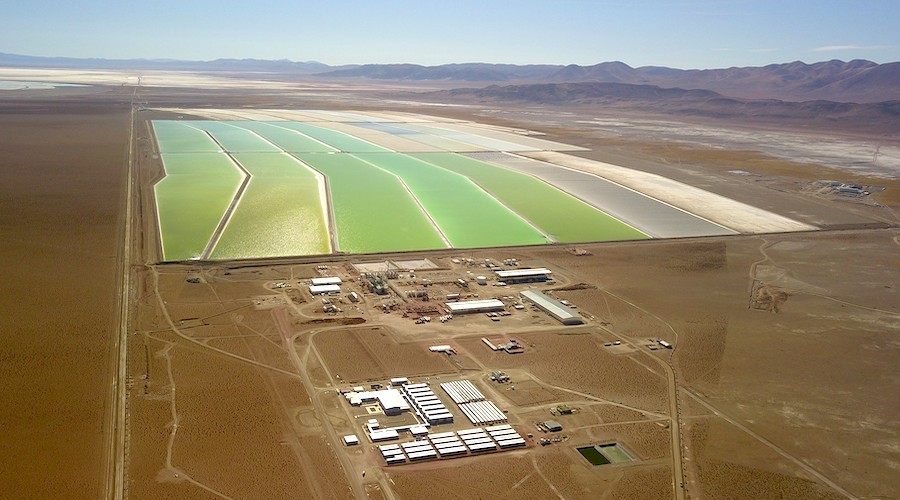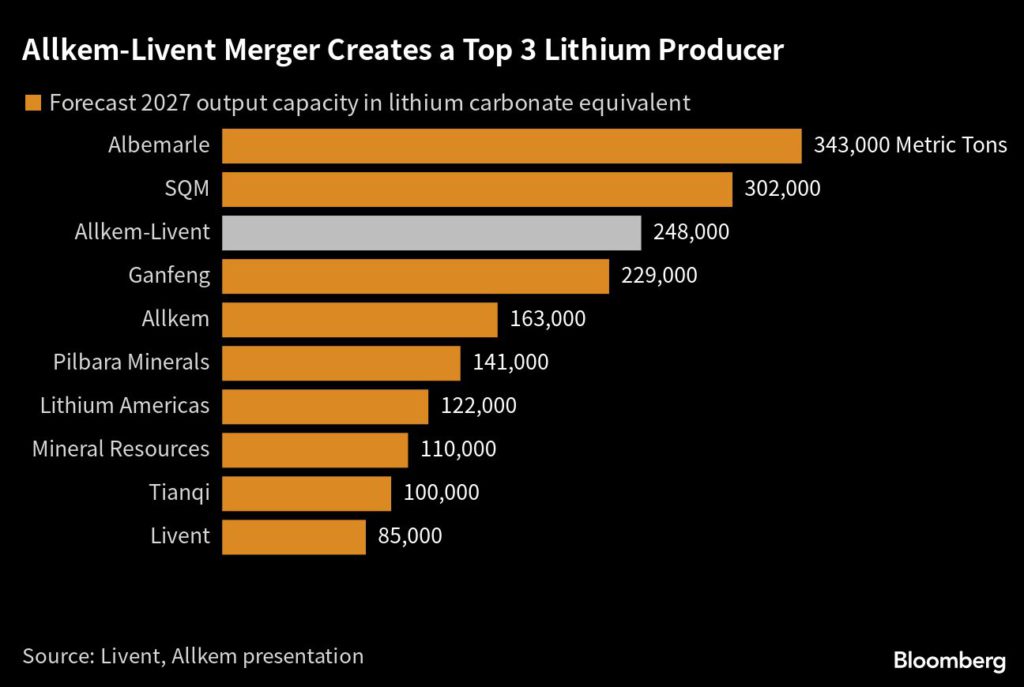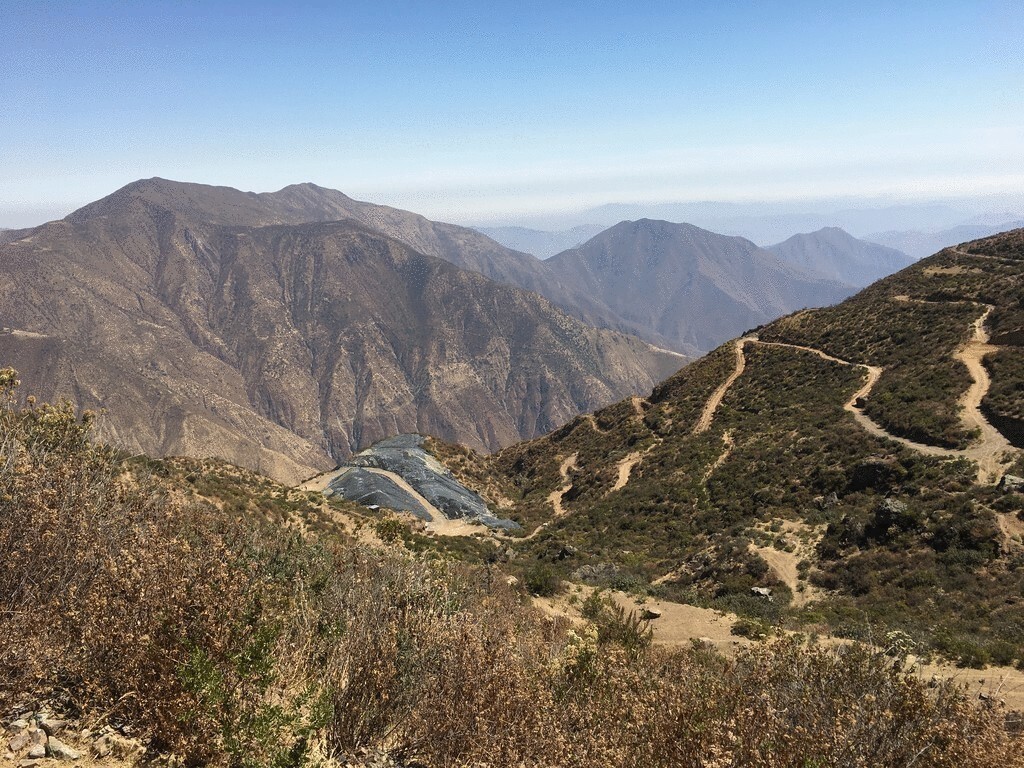Argentina to reach top three lithium producer spot by 2027

Argentina, the fastest-growing lithium producing nation, is on track to become the world’s third largest player by 2027 thanks to its three active mines and 38 projects under development, analysts say.
The country, which holds the fourth position behind Australia, Chile and China, could see production of lithium carbonate equivalent (LCE) jump from the current 34,000 tonnes a year to 260,000 tonnes annually by 2027, CRU mining and metals consultant Marcelo Bolton, told a lithium forum held in Chile this week.
To lure more players into the sector, however, conditions for foreign investment must improve, Bolton said. He noted that a good starting point would be the “normalization” of exchange rates to avoid issues with imports/exports of goods and services traded in US dollars.
Based on CRU estimates, there are 18 lithium projects in Argentina that should begin production in the next four years. The most advanced ones and that have the greatest likelihood of starting operations on schedule, according to the consultancy, are Zijin Mining’s Tres Quebradas, Eramet-Tsingshan’s Centenario-Ratones, Ganfeng-Lithium Americas’ Caucharí-Olaroz and Posco’s Sal de Oro.
Argentina’s lithium sector will get a major boost before year-end as the country’s two of three current producers, Livent Corp (NYSE: LTHM) and Allkem (ASX: AKE), are expected to complete the merging of their businesses. The combined company will become the world’s third-largest lithium company in terms of annual production capacity and the fifth-biggest in terms of market capitalization.

Ganfeng-Lithium Americas’ Caucharí-Olaroz project churned out its first lower than battery-quality lithium carbonate in June, but hasn’t reached full-commercial production.
According to official figures, exports of the battery metal from Argentina could reach $5.6 billion by 2025, based on an annual production of 200,000 lithium tonnes.
The country is part of the ‘Lithium Triangle’, a unique stripe of high-altitude land covered with lakes and white salt flats that straddles Chile, Argentina and Bolivia.
More than half of the world’s identified lithium resources are found in the area.
{{ commodity.name }}
{{ post.title }}
{{ post.date }}

Comments